Some of my favorite Picture Books are in rhyme. I loved to read aloud to my children the books that had rhythm and rhyme. They were just so fun to read. Besides, after reading them a few times over again, you could practically recite them easily from memory. One book's first lines I can still recite from all the times I read it to my kids is The Digging-est Dog by Al Perkins, illustrated by Eric Gurney.
"I was the saddest dog you could ever see
Sad because no one wanted me.
The pet shop window was my jail.
The sign behind me said FOR SALE..."
I can probably recite most of "Fox in Sox" and "Green Eggs and Ham," too.
I am not clear on why the editors and agents who presented at the Picture Book Writers Workshop were so set against accepting rhyming texts. The only brief explanation they offered was their consensus that most writers don't know how to rhyme properly. They don't pay attention to meter and rhythm or they try to force a rhyme with words that really don't. And they insist that the story be told in 600 words or less. (Well, it might be with international markets these days, rhyming books have a hard time being translated into other languages. I don't know.)
How about a book like "The Seven Silly Eaters" by Mary Ann Hoberman? That is certainly a playful rhyming romp and definitely has more than 600 words.
Would these editors also automatically reject manuscripts by Dr. Suess?
I love read aloud rhyming books! That's why I went back and revised my first three books to be told completely in rhyme.
Songwriters pay attention to meter and rhythm. That's what they do. They also pay close attention to patterns and rhyme schemes. I am pretty confident, that as a songwriter I can rhyme couplets properly.
So, I am sticking with my instinct that my Picture Books will stay in rhyme.
Here is a preview of the first few pages of my new Picture Book.
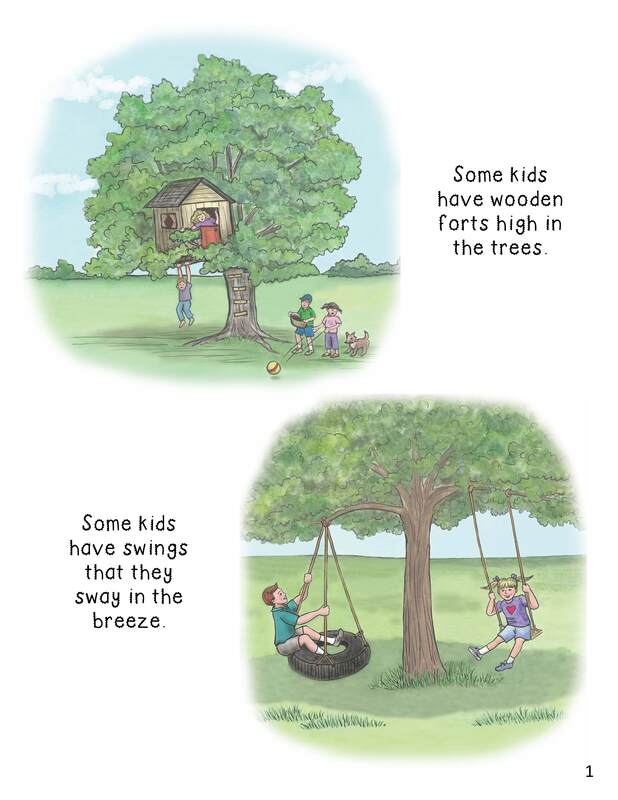
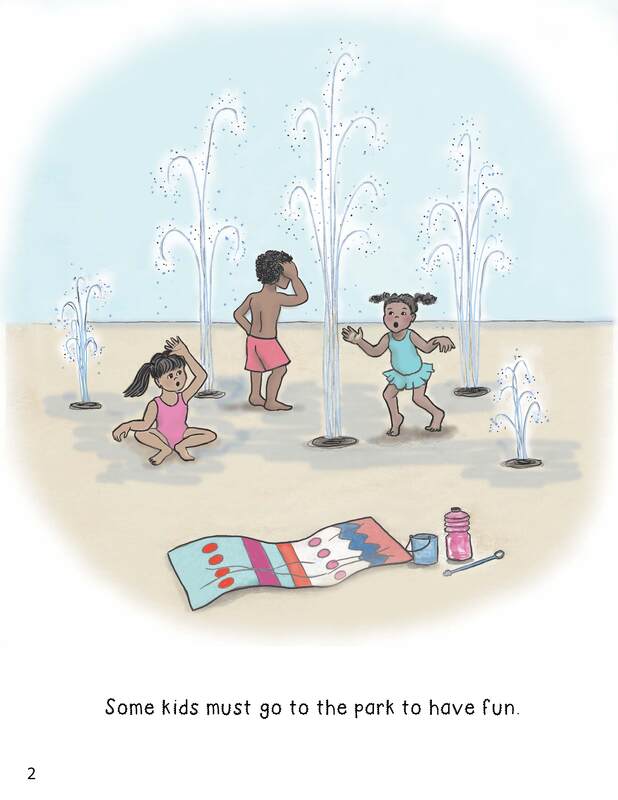
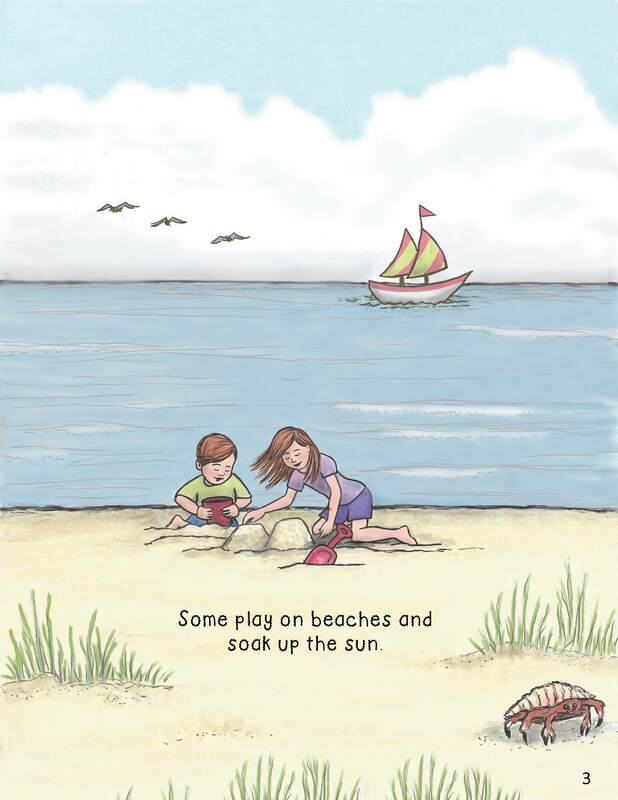
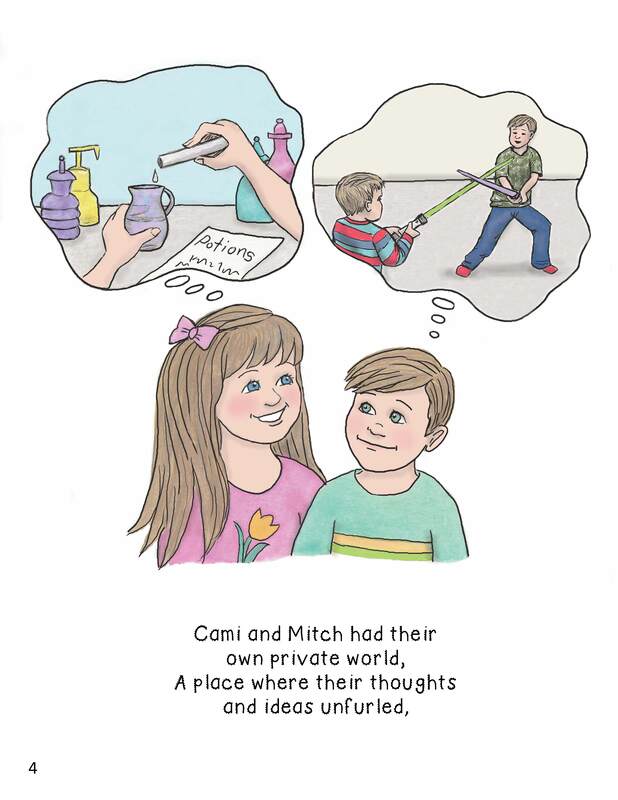
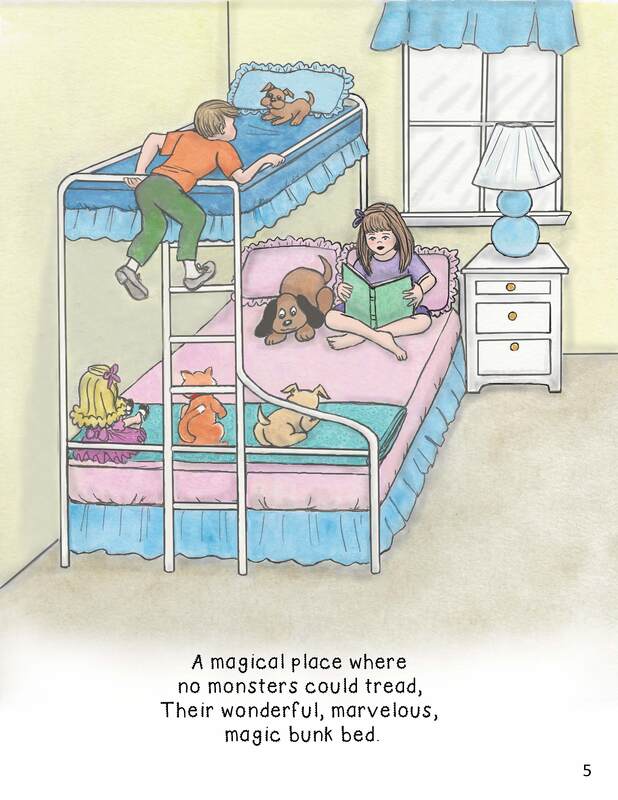



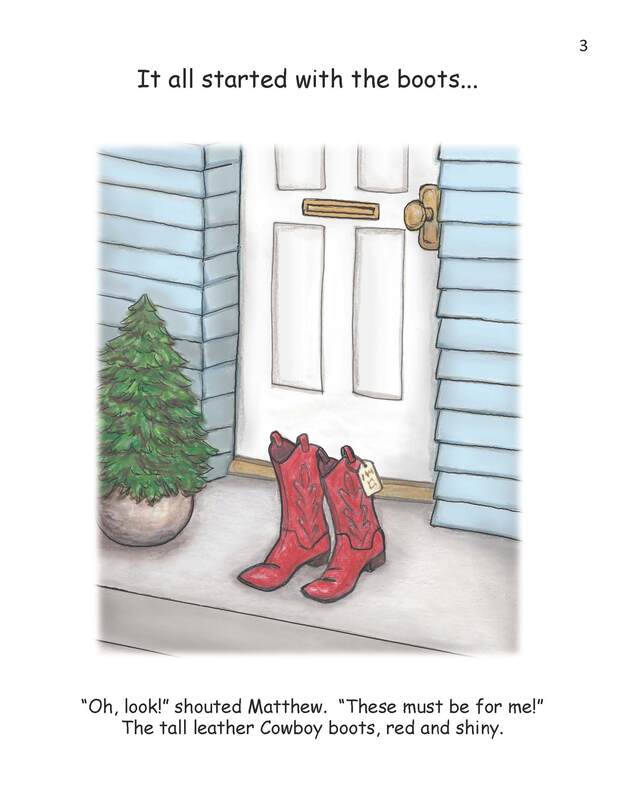
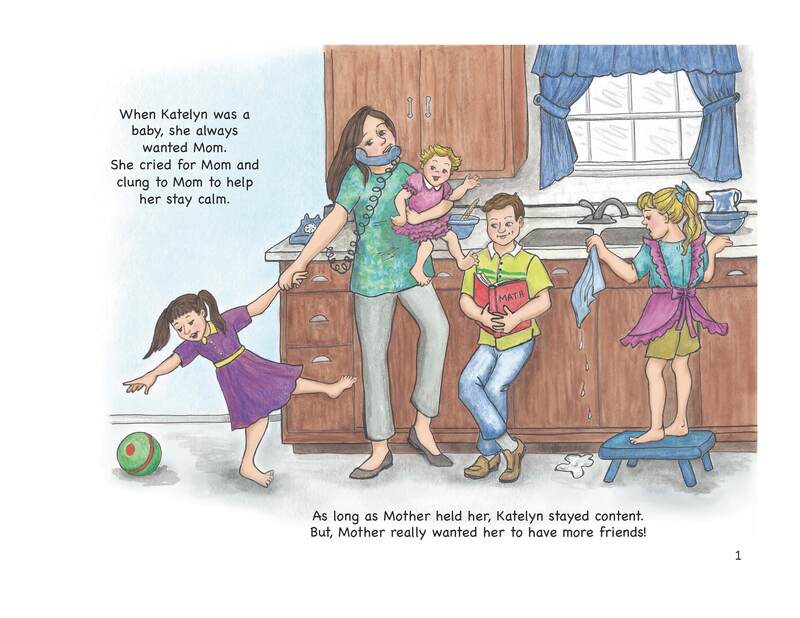
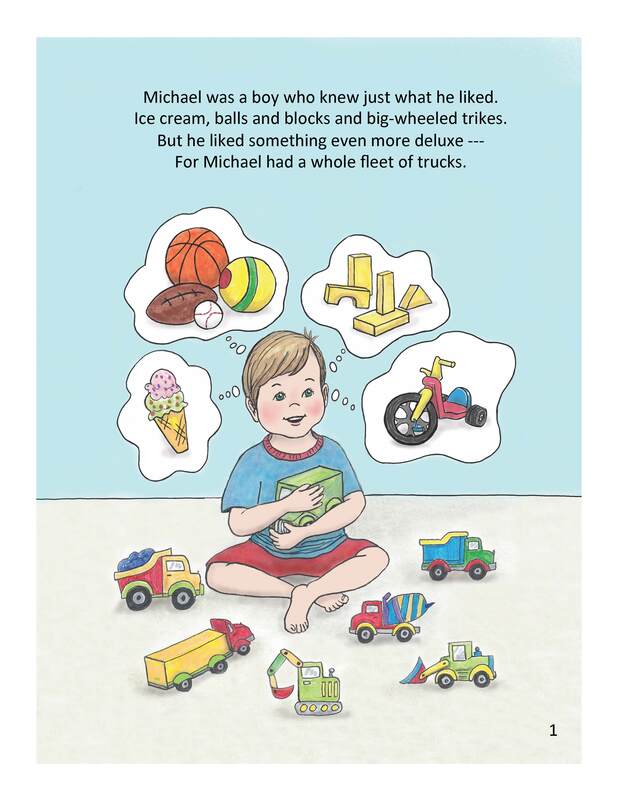
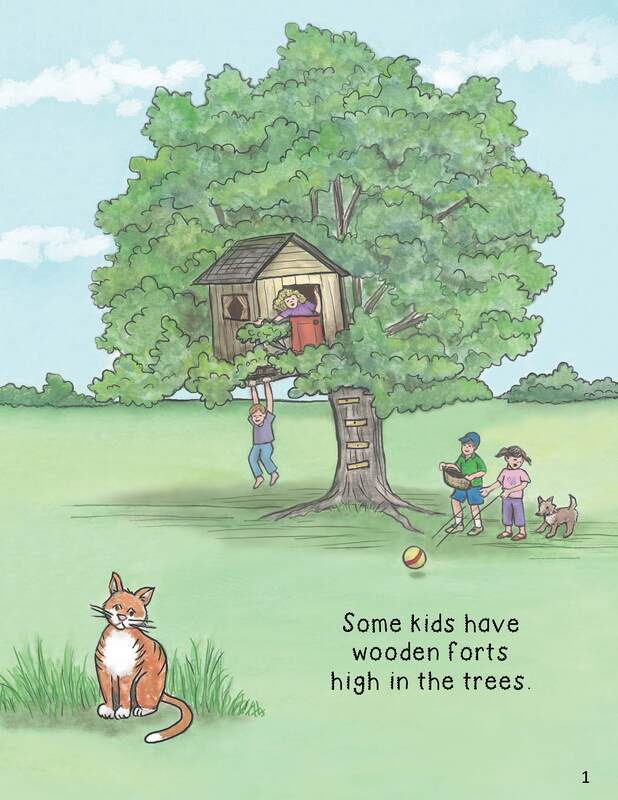
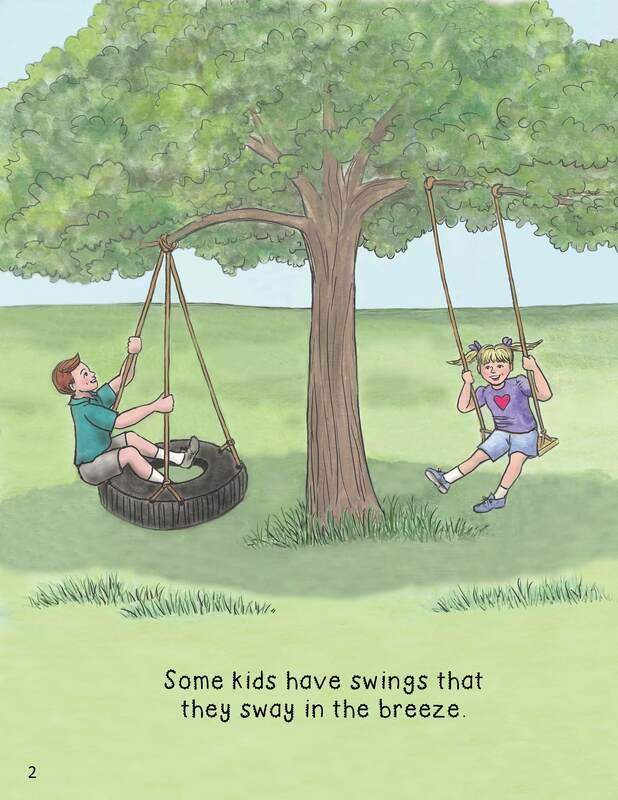
 RSS Feed
RSS Feed